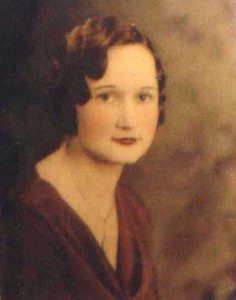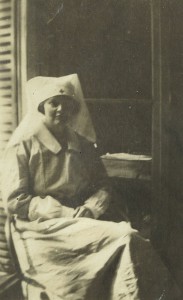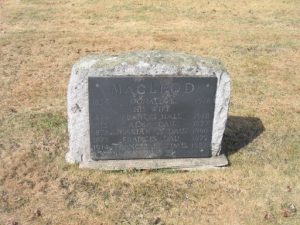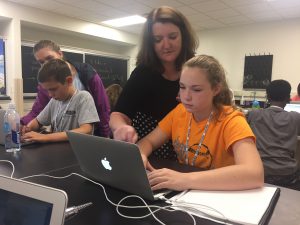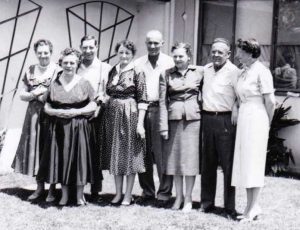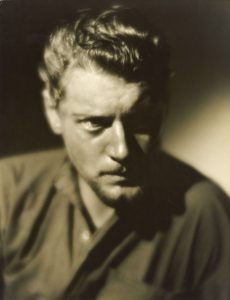
Given the range of databases like Wikipedia and IMDb (more formally The Internet Movie Database), it can be surprising to find a scrap of biographical material that has not been covered. I encountered this paradox recently, when writing up notes on some photographs I’ve bought of the actors Ralph Forbes (1904–1951) and his mother Mary Forbes (1879–1974). Ralph Forbes Taylor was born 30 September 1904 and baptized in the parish of Streatham, Surrey – now part of the Borough of Lambeth in Greater London – the son of Ernest John Taylor and his wife Ethel Louise. The Taylors lived at 142 Gleneagle Road in Streatham (where Ralph was presumably born), and Ernest was a commercial traveler.[1]
But who was Ernest John Taylor? And who was his wife, Ethel Louise, who would in time become the character actress Mary Forbes?[2] Continue reading The name is a mystery



